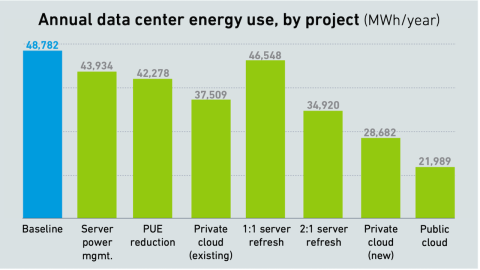Energy attribute certificates (EACs) are becoming the preferred option for demonstrating the consumption of carbon-free and renewable energy. However, there is still some considerable debate regarding what type of EACs to use.
filters
Explore All Topics
Underwater data centers promise to be both economical and sustainable. The prerequisite densification of infrastructure and unmanned operations may only suit specific workloads, but lessons learned under water may influence land facilities.
This report looks at the leading frameworks for carbon reporting with regards to energy attribute certificates (EACs) and Scope 3, including their sector-specific guidance (if any) for data centers.
Identifying the extent of security requirements is a critical first step in building a viable data center cybersecurity strategy. Data center managers should identify and answer essential questions to implement an effective playbook.
Data center operators face expanding information and key performance indicator reporting requirements. Standard accounting practices and data exchange processes will help enable the efficient exchange of information.
Industry stakeholders recognize that to truly understand IT infrastructure efficiency, data center operators need to report a facility work per unit of energy metric. Most operators are, however, unprepared to calculate this metric.
Organizations develop strict security policies and practices to reduce exposure to cyberattacks. An ineffective policy only increases the cyber risk both to the data center and across IT in general.
The EU Code of Conduct on Data Centre Energy Efficiency started out as a voluntary initiative but is increasingly being applied as a standard. This report describes the code's technical contents and assessment process.
Most of Europe's Energy Efficient Directive (EED) requirements are set, but key issues remain. The draft EED delegated act, the last step to finalizing information and key performance indicators, is released for comments and revision.
This report explains the nuances of using energy consumption, energy attribute certificates and emissions factor data to calculate the use of renewable energy and carbon-free energy, and a Scope 1 and 2 emissions inventory.
DLC promises attractive thermal performance and economics, but data center operators looking to adopt it will need to examine how they define and uphold their resiliency standard as product designs and resiliency guidance evolve.
Bringing certain IT workloads closer to users and connected devices helps organizations to manage data growth, user experience and expansion. This report looks at the deployment models for data center facilities and IT at the edge.
Recovery of data center waste heat is garnering renewed interest for its sustainability credentials. This report investigates these initiatives and looks at their impact both on efficiency and cost.
Improving data center infrastructure energy efficiency is vital in helping organizations contain costs and carbon emissions that result from IT growth. This report compares seven projects using a data- and experience-based model.
The EU is introducing a raft of new financial and technical sustainability laws in the coming years. These laws will increase the regulatory reporting burden on owners, operators and users of European data centers.
 Dr. Tomas Rahkonen
Dr. Tomas Rahkonen
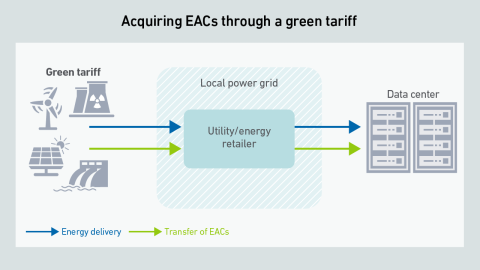
 Jacqueline Davis
Jacqueline Davis

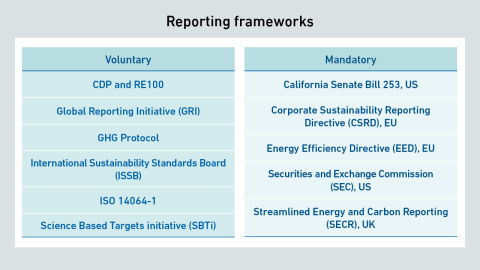
 Michael O'Neil
Michael O'Neil
 Antonio Ramos
Antonio Ramos

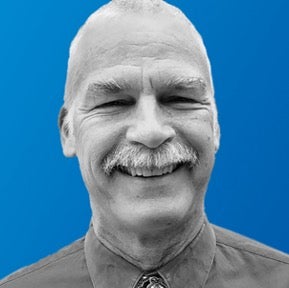 Jay Dietrich
Jay Dietrich
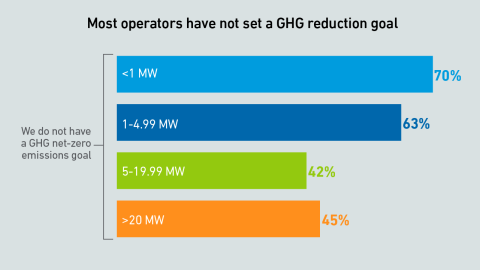





 Daniel Bizo
Daniel Bizo


 Max Smolaks
Max Smolaks

